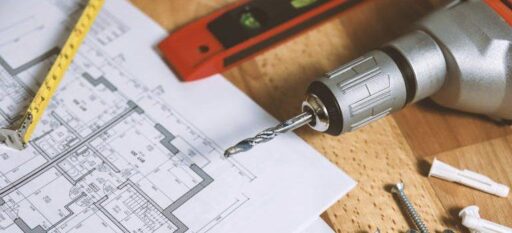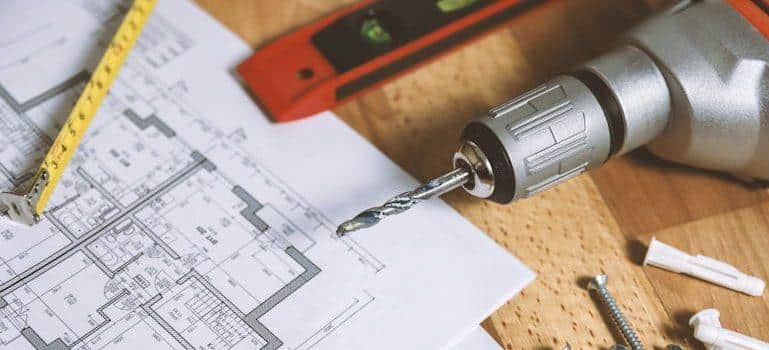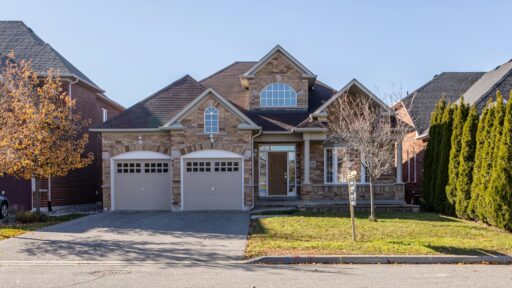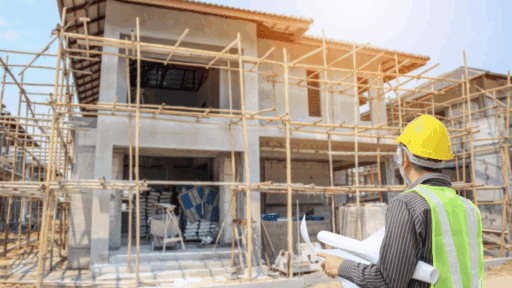Moving into a fixer-upper is exciting—you finally have a place with real potential. But it can also feel overwhelming. Where do you even start when everything needs attention? The secret is not to rush. Focus first on the things that make your home safe and livable before you think about paint colors or décor. In this guide, we’ll walk through smart priorities so your fixer-upper feels less stressful and more like the fresh start you imagined.
Inspect Safety Concerns Immediately
Before settling in, check your fixer-upper for potential hazards. Safety always comes first. Look for exposed wires, broken outlets, or outdated electrical panels. These can be dangerous if ignored. Next, inspect for water leaks, signs of mold, or structural cracks that might signal bigger problems.
Even small issues can grow costly over time. Fixing these concerns early keeps you and your family safe and prevents damage from spreading. Once the basics are secure, you can move forward with confidence, knowing your home has a safe foundation.
Secure Plumbing and Electrical Systems
Once safety checks are done, focus on plumbing and electrical systems. Test faucets and toilets to spot leaks, then check water pressure. Old pipes may need to be replaced to prevent future bursts. Electrical panels should handle your home’s needs without tripping circuits.
If you notice issues, don’t delay—professional help makes a difference. It’s worth taking time to find the right plumber and a licensed electrician to handle repairs correctly. Solid systems now will save money and stress later.
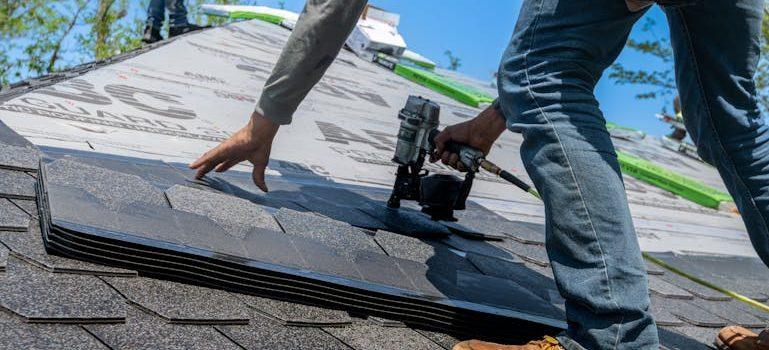
Evaluate Roofing and Foundation
Your roof and foundation are the backbone of your fixer-upper. Start by inspecting the roof for missing shingles, sagging areas, or visible leaks. Water damage often begins here, so catching it early matters. It helps to identify potential roof problems before they lead to expensive repairs.
Next, look at the foundation for cracks, uneven floors, or doors that stick. These may signal shifting or settling. Addressing structural issues first ensures stability and protects every update you make in the future. Strong bones mean a strong, lasting home.
Unpack with Purpose
Unpacking in a fixer-upper takes a different approach than moving into a finished home. Start with only the essentials—things you need daily, like dishes, toiletries, and clothes. Keep tools and cleaning supplies close since you’ll rely on them often.
At the same time, it’s smart to plan the unpacking process so you don’t clutter spaces that still need work. Hold off on decorative items until major repairs are done, or you’ll waste energy moving them again. Focus instead on setting up one functional, comfortable area where you can relax. A staged approach makes unpacking smoother and keeps the house manageable during renovations.
Prioritize Functional Kitchens and Bathrooms
Kitchens and bathrooms are the most used rooms in any home, so making them functional should come early. Start by checking plumbing for leaks or drainage problems, especially under sinks and around toilets. Replace faulty fixtures and ensure ventilation fans work to reduce moisture and mold risk. Appliances should be in safe working order, even if they aren’t brand new yet.
Having a working stove, sink, and shower makes daily life manageable while other repairs continue. Focus on function before style. Cosmetic updates can wait until these spaces serve your basic needs reliably. Living comfortably matters more than perfect finishes.
Address Heating, Cooling, and Insulation
A comfortable home depends on reliable heating, cooling, and insulation. Begin by testing your HVAC system to see if it runs efficiently. Replace old filters and clean out ducts for better air quality.
Also, as research by Science Direct shows, choosing the right insulation materials helps keep energy costs low and makes your home easier to live in while projects continue. However, don’t forget to check windows and doors for drafts. Address heating, cooling, and insulation early, since comfort and energy savings matter while you’re still adjusting to life in a fixer-upper.
Moving Into a Fixer-Upper: Tackle Essential Repairs Before Aesthetic Changes
It’s tempting to paint walls or shop for décor right away, but hold back. Focus on repairs that affect daily living. Fix broken windows, squeaky doors, or damaged locks to keep the home secure. Repair floors, walls, or ceilings that impact the structure or safety.
That is the stage to tackle essential repairs before aesthetic changes, since rushing into style updates can waste effort. Fresh paint won’t matter if water leaks return. By putting repairs first, you create a solid, lasting foundation for every future upgrade and design decision.
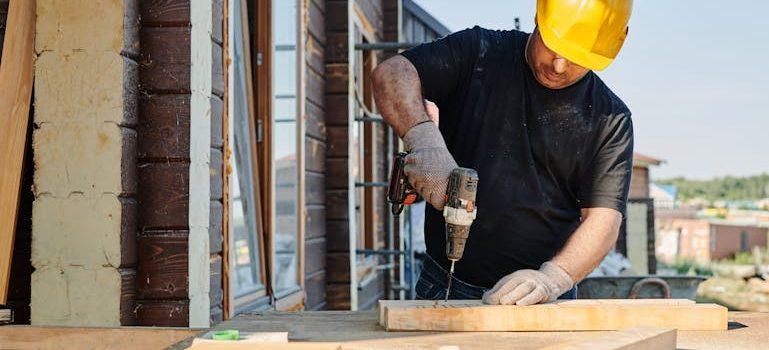
Plan Budget-Friendly Upgrades Step by Step
Managing costs is one of the biggest challenges in a fixer-upper. Create a list of upgrades and rank them by urgency. Separate must-do repairs from nice-to-have projects so you stay focused. It helps to track expenses closely and allow extra funds for surprises—because they always come up.
Thoughtful home improvement planning ensures you don’t overspend early and run short later. Take upgrades one step at a time instead of tackling everything at once. A steady approach keeps your finances safe and makes each completed project feel rewarding without overwhelming your budget.
Establish a Timeline for Major Projects
Big projects can feel endless without a clear timeline. Break them into smaller, manageable steps so progress feels steady. Schedule work by urgency, starting with tasks that protect safety and structure. Then move to updates that improve comfort, such as flooring or windows.
Setting a timeline helps balance daily life with ongoing renovations. It also prevents burnout, since you know what comes next. By pacing yourself, you keep the fixer-upper moving forward without overwhelming your time or energy.
Settle In and Make It Livable
Even while repairs continue, it’s important to create comfort in your fixer-upper. Start with small touches like fresh lighting, curtains, or rugs. These quick updates make the space feel warmer without big expenses. Designate one finished room as a retreat where you can relax away from the mess.
That helps reduce stress and makes daily routines easier. Making the house livable doesn’t mean it’s perfect—it means you feel at home. Little comforts go a long way while larger projects wait their turn.
From Chaos to Comfort
Focusing on the right priorities makes all the difference when moving into a fixer-upper. Safety, function, and planning should always come before style. With smart choices and patience, your fixer-upper will gradually turn into the comfortable, welcoming home you pictured from the start.

